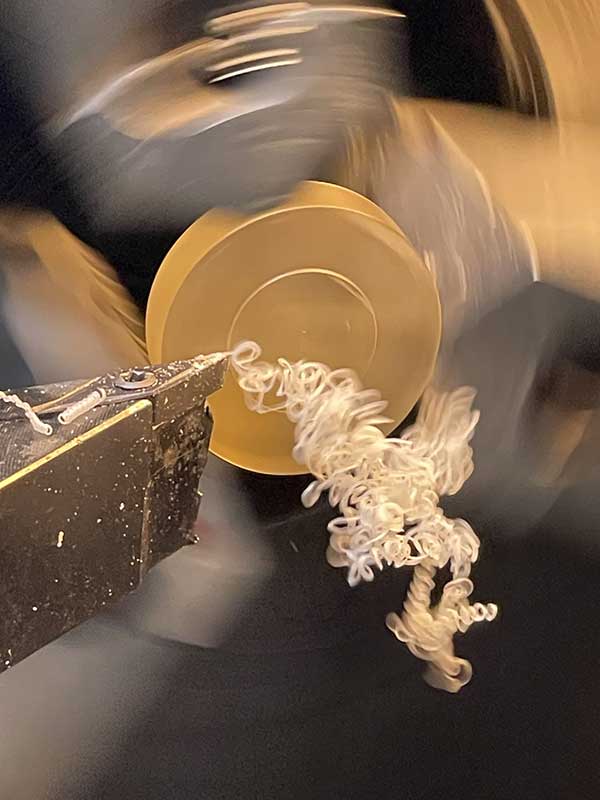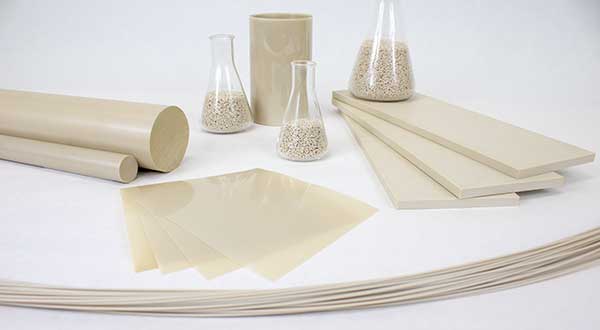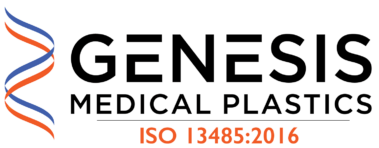Prototypes serve as a beneficial tool in the development of a medical device, from the early design stage to the pilot and launch phases. With the growing array of medical grade plastics and implantable versions of the polymers that are available, prototypes become especially useful in defining the ultimate material specification.
The roles prototypes play over the span of stages in medical device development include:
- Validating the specified material
- Validating the design
- Providing physical markers of progress
- Facilitating progress through other product development steps including regulatory paths and marketing strategy
In the transition from concept to production and commercialization, prototypes help identify potential problems, facilitate timely design enhancements, and validate the device’s efficacy and benefits.
How do Prototypes Help Medical Device Development?
Prototypes are product development tools. They can be a major aid in guiding engineers as their device progresses through stages from initial concept to the final manufactured product.
- Material validation: With prototyping, various material candidates for the device can be evaluated. Prototypes allow this to be accomplished concurrently with the design validation work.
Particularly in the field of medical polymers, many material options are available that satisfy different performance and functional requirements of devices. In recent years, the list of candidates has expanded significantly and comprises both standard medical grades and implantable grades of materials such as PEEK, Ultem PEI, Radel PPSU and polysulfone, or PSU.
Testing prototypes is not only important to validate a material relative to the device’s intended use, operating environment and its required longevity in use. Additionally, the properties of a material can determine whether certain design enhancements are possible. For instance, a medical plastic with a higher flexural modulus or structural strength may allow thinner sections in a design. Different polymers can also open marketing advantages for a device. PPSU, for instance, withstands far more sterilization cycles than certain other medical plastics, allowing an MDM to market a new device as being more cost-effective based on its useful life compared to traditional versions.

- Design validation: Prototypes assist the design team early in development, starting with alpha prototypes. Several different alpha designs can be produced as prototypes at the same time, then compared for functionality, opportunities for design enhancements, and final production feasibility and economics. These comparisons allow medical device manufacturers to capitalize on the most promising design iterations and move it from the alpha to the beta stage.
Beta prototypes typically integrate additional features into the medical device as the development project proceeds. Even at this phase, it still common for MDMs to develop alternate versions for comparing different sets of device features. The beta prototype stage is also the point at which the design team often adds important durability and safety features into the design, such as ingress protection, or the degree of protection an enclosure provides against the intrusion of foreign objects.Before commercial launch, MDMs may also create a final run of prototypes, known as pilots. Pilot prototypes replicate the device’s final design. At this stage, only minor fine-tuning typically occurs. Modifications are based on feedback from treating a small number of subjects using the pilot devices, then making changes based on the results.
Although wading through the various polymer compositions may seem daunting, specialty medical plastics processors and medical polymer parts manufacturers can help narrow the field of viable options.
Specialized companies have capabilities to produce prototypes in various medical polymers by machining stock shapes or by injection molding. Some also extrude stock shapes in medical grade and implantable polymers that are machined into devices and components. Their working relationships with major medical plastic resin producers can also open access to their material property and regulatory data bases and material specialists.
- Highlighting new products within a company: Although prototypes are usually considered as tools within the medical device design team’s milieu, they can serve a beneficial purpose company-wide.Prototypes provide concrete examples of an MDM’s product plans. As tangible examples, they can provide intangible but important benefits within a company. For example, spotlighting forthcoming products with prototypes can deliver a positive message about new business prospects and generate enthusiasm at all levels of an organization. It also builds a sense of pride among team members when they realize how their roles contribute to a product that promises significant benefits. Based on their practical experience, the MDM’s team members who can physically handle prototypes of new products can provide useful ideas for possible improvements.
- Supporting other key roles toward commercialization: While designers may rely on prototypes to validate a device’s efficacy, prototyping can help other teams within the business perform more effectively on the path to commercialization. The key roles that can benefit from a robust prototyping process include manufacturing and logistics, risk management, regulatory approval, legal and patent work and the various aspects of product marketing.
For the manufacturing team, complex design features can present production challenges that require secondary operations. Prototypes serve as tangible examples that can make it easier to identify those potential challenges and the secondary processes or technologies required to overcome them. For example, finish-machining of injection molded devices or device components may be required to achieve certain essential design elements, such as exceptionally tight tolerances. This in turn alerts the production team to the need for establishing qualified sources in-house or externally for the specialty operations.Medical device prototypes can reveal potential safety concerns for the team tasked with risk management. This can help resolve potential issues and implement any required design modifications prior to commercialization.
An MDM’s regulatory resources can test prototypes to determine what steps to take in ensuring the device satisfies potential concerns, based on its intended use or functionality. This step also allows the team to consider alternate materials if necessary.
Prototypes can also be a useful tool for the legal team to identify features that merit patent protection and other intellectual property (IP) safeguards.
For the commercialization team, prototypes are useful to demonstrate the device and its marketable features, and to generate test data to back up the performance benefits.
What are the Sourcing Options for Medical Device Prototypes?

- Machining parts from extruded stock shapes: Tooling can be set up quickly to produce ample quantities of precision machined prototypes for design reviews and testing. Modifications can also be made quickly.Medical plastics processing specialists with capabilities in extruding stock shapes coupled with machining offer an added benefit. They can extrude rod and plate in the MDM’s specified medical grade or implantable polymer, then CNC machine the prototypes from those stock shapes. This gives the device manufacturer a single source that can quickly provide prototypes in alternative materials and respond to changes in prototype design.
- Injection molding near-net blanks that are finish-machined: Specialized medical plastics converters with machining and injection molding capabilities provide an attractive option for larger quantities of prototypes, and also for devices where the design is unlikely to change significantly.
Companies with expertise in tooling can design and build relatively low-cost molds for producing near-net shapes that roughly approximate the configuration of the final device or device component. These blanks can then be finish-machined to specified dimensions. Blanks can also be held in reserve for further machining to accommodate minor design changes and expedite future production runs.
- Additive Manufacturing or 3D Printing: Medical plastics machining and molding specialists may have the capability for additive manufacturing as an extension of their processes. Alternatively, they will have working relationships with specialists in the technology.
One possible drawback of additive manufacturing may be the availability of the exact medical or implantable polymer grade that the MDM has specified for the device. This potential shortcoming is not the case with injection molding and extrusion of machinable shapes, where medical grade and implantable polymers are available for both processes. Resin producers are, however, commercializing more of their medical plastics resin grades for the additive manufacturing process.
FAQs for the Benefits of Prototypes
Are implantable plastics readily available in the form of stock shapes for machining prototype parts?
Long-term implantable grades of PEEK, polysulfone (PSU) and polyphenylsulfone (PPSU, branded as Radel®) are available in the form of rod and plate in a variety of dimensions from medical plastics extrusion specialists.
Does computer modeling eliminate the need for prototyping?
Both have a role in product development. Physical prototypes are more useful for testing the device in the expected functional environment to verify the performance of the design and the specified material.
Can prototypes be made quickly in different medical polymers for material comparisons without expensive tooling?
Machining is ideal for producing prototypes from stock shapes in relatively short lead times. Set-up costs from material to material are minimal compared to injection molding. Specialists in extruding medical plastics can provide the major polymers from their inventory of rod and plate, or can custom extrude shapes to order in reasonable lead times and quantities.
Is machining restricted to prototypes, or is it viable for production parts?
Economies of scale favor injection molding for producing very high unit volumes of a component or device, once the quantities justify the tooling investment. Machining plays a valid role in the production of lower quantities of precision parts. It also serves as a secondary or finishing operation for molded parts where design complexity or design features cannot be incorporated into the mold design.
